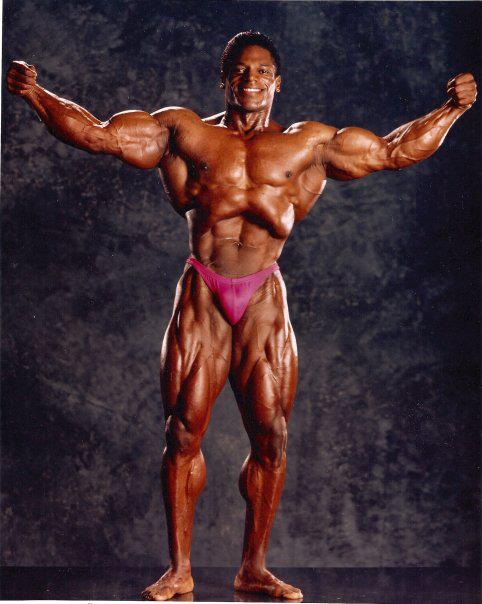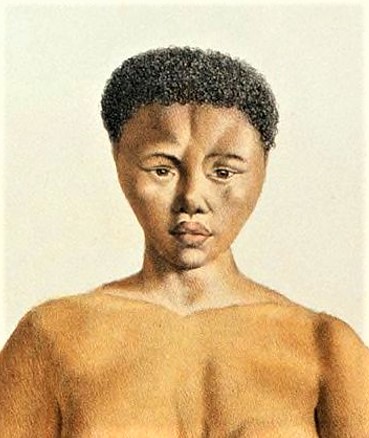Eat More to Lift More? Purposeful Weight Gain and Weight Loss in 1980s American Bodybuilding

Blitzing, blasting, shredding, and, of course, pumping. For bodybuilders of the 1980s, these verbs were not just descriptors, but a way of life. In 1977, Pumping Iron, a docudrama featuring Arnold Schwarzenegger, helped American men fall in love with bodybuilding. Where Jane Fonda encouraged a boom of aerobics exercises for women, Arnold and his rag-tag group of muscular merry-men became the face of a new public interest in musculature. Bodybuilding grew as a sport, but just as importantly, as a hobby. This was a time when fitness became ‘serious leisure’ and, as multiple historians have affirmed, a time when individual health and fitness became a priority and a means of claiming social status. Muscular and lean bodies came to become…



